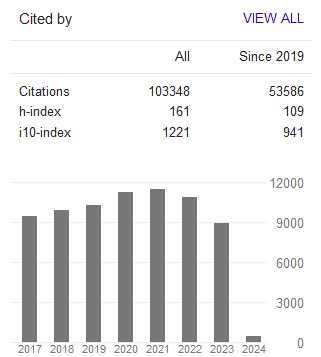A Path Model “Why-What-How-When” to Implement an IC Reporting
- Paola Demartini
- Paola Paoloni
Abstract
The purpose of this paper is to present the results of an empirical study and the critical success factors for implementing Intellectual Capital (IC) reporting. Selecting an IC model to be implemented in a specific context at a particular time depends on several contingent factors. In light of this, we propose the following “why-what-how-when” agenda, which will be applied in the case study:
1. Why implement IC reporting in a specific context?
2. What IC approach/tool is suitable to satisfy users’ informational needs?
3. How is the quality of information?
4. When is information available?
The research is qualitative and focused on a case study in order to understand the dynamics of a given process. The company analyzed designs and develops Large Systems for Homeland Protection.
The analyzed case study shows that there isn’t “one best way” to report on intangibles. Thus, the main critical factors of the process investigated are the following: accurate identification of actors involved in the decision-making process; quality and availability of information.
The case study allows us to analyze how changes in decision maker(s), users’ informational needs and information quality can impact the selection of the framework and its relative artifact/tool to be used to report on intangibles.- Full Text:
 PDF
PDF
- DOI:10.5539/ijbm.v12n6p11
Journal Metrics
Google-based Impact Factor (2023): 0.86
h-index(2023): 152
i10-index(2023): 1168

Index
- Academic Journals Database
- AIDEA list (Italian Academy of Business Administration)
- ANVUR (Italian National Agency for the Evaluation of Universities and Research Institutes)
- Berkeley Library
- CNKI Scholar
- COPAC
- EBSCOhost
- Electronic Journals Library
- Elektronische Zeitschriftenbibliothek (EZB)
- EuroPub Database
- Excellence in Research for Australia (ERA)
- Genamics JournalSeek
- GETIT@YALE (Yale University Library)
- IBZ Online
- JournalTOCs
- Library and Archives Canada
- LOCKSS
- MIAR
- National Library of Australia
- Norwegian Centre for Research Data (NSD)
- PKP Open Archives Harvester
- Publons
- Qualis/CAPES
- RePEc
- ROAD
- Scilit
- SHERPA/RoMEO
- Standard Periodical Directory
- Universe Digital Library
- UoS Library
- WorldCat
- ZBW-German National Library of Economics
Contact
- Stephen LeeEditorial Assistant
- ijbm@ccsenet.org
